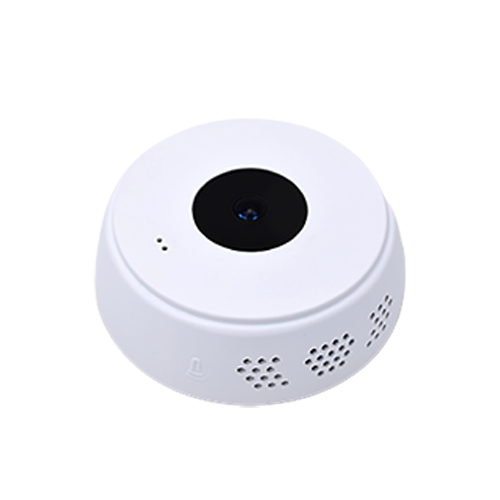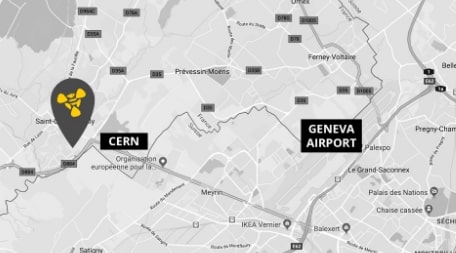Enhancing the employee workplace experience: Four key strategies
Employees value flexibility, finding convenience in working remotely, which saves on commuting costs and provides more personal time. However, some prefer the collaborative atmosphere of the office or require a dedicated workspace to be productive. To accommodate these varying preferences, businesses must develop a comprehensive employee experience strategy that prioritizes inclusivity and flexibility.
Understanding employee experience
Employee experience refers to the overall perception and emotional response a team member has during their time at a company. It includes various aspects such as relationships with coworkers, the quality of the workspace, managerial support, compensation, benefits, commuting, and daily tasks.
The role of an employee experience manager
The field of employee experience management is dedicated to enhancing the daily experiences of employees through effective policies, systems, and perks. Part of this role involves ensuring the physical office space is equipped with the necessary amenities and technology to make each day smooth and enjoyable for employees.
Why workplace optimization is a priority
The rise of hybrid work models has kept workplace strategy teams focused on optimizing office spaces to suit new ways of working. This involves adapting offices to be more functional and appealing to employees who might choose to come in on an occasional basis. To encourage employees to return to the office, companies need to invest in improving the workplace experience, ensuring that office spaces meet modern employee needs and preferences.

Four strategies to enhance workplace experience
Leverage workplace technology
Implementing the right technology can create an environment where employees thrive. Each workplace is unique, influenced by its employees’ behaviors and preferences. Workplace technology should be capable of analyzing these patterns to inform smart decision-making.
Essential tools: Video conferencing and collaboration platforms like Zoom, Google Meet, Microsoft Teams, and Slack support remote, hybrid, and in-person work models.
Analytics platforms: Advanced workplace experience software provides detailed data to guide decisions and support employees effectively.
Utilize employee pulse surveys
Combining spatial intelligence with employee surveys offers a comprehensive view of workplace functionality and engagement levels. This data reveals which office spaces are actively used and which remain vacant as employees work from home.
Data insights: Analytics can highlight where and how employees prefer to work.
Adaptability: Companies can adjust policies and office layouts to align with employee preferences based on data and survey insights.
Provide diverse workspaces
To entice employees back to the office, companies must offer amenities and environments that are unavailable at home. Once employees return, data collection can identify the most and least utilized spaces, allowing for informed space allocation.
Collaboration spaces: Open, collaborative areas for teamwork.
Private areas: Meeting rooms and phone booths for calls and meetings.
Additional amenities: Implementing a hoteling desk policy can free up space for meditation rooms, gyms, or café-style areas.
Minimize workplace friction
Introducing new technologies and changes can present challenges, but persistent issues can deter employees from coming to the office. Ensuring seamless integration and communication of systems contributes to a successful workplace experience.
Solutions: Upgrading meeting room and desk booking software can prevent scheduling conflicts and improve office space utilization.
Continuous workplace optimization
As employee expectations evolve, companies should actively seek feedback and adjust workspaces to meet these changing needs. Starting with small experiments, such as redesigning a single floor or room, allows for data-driven decisions in a low-risk environment.
These experiments help create spaces employees are eager to use, turning the employee experience into a competitive advantage that attracts top talent. Additionally, a well-optimized, tech-savvy workplace can enable companies to reallocate real estate savings towards employee benefits and research and development.
People Counters from Terabee
By integrating Terabee’s people counting solutions, businesses can gain valuable insights into space utilization and occupancy patterns, allowing for more informed decision-making. These devices not only enhance workplace efficiency and energy management but also contribute to creating a more comfortable and productive environment for employees.
With their easy installation, GDPR-compliant design, and high accuracy, Terabee’s people counting technologies are essential tools for modern organizations looking to optimize their operations and reduce costs. Elevate your workplace management strategy today by leveraging the power of Terabee’s advanced people counting solutions.











